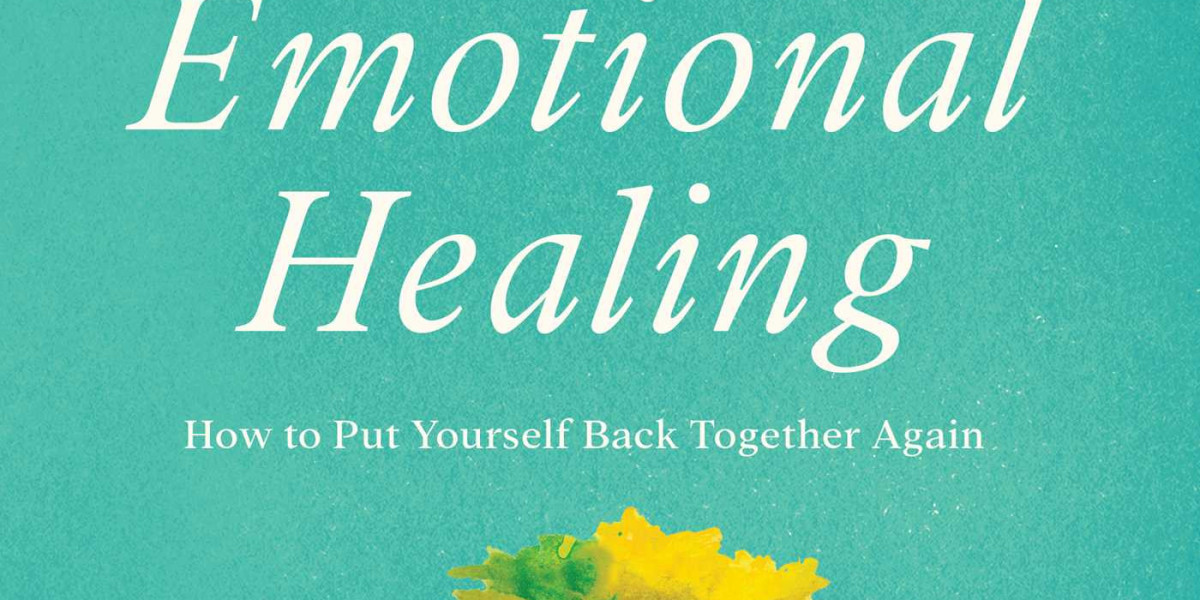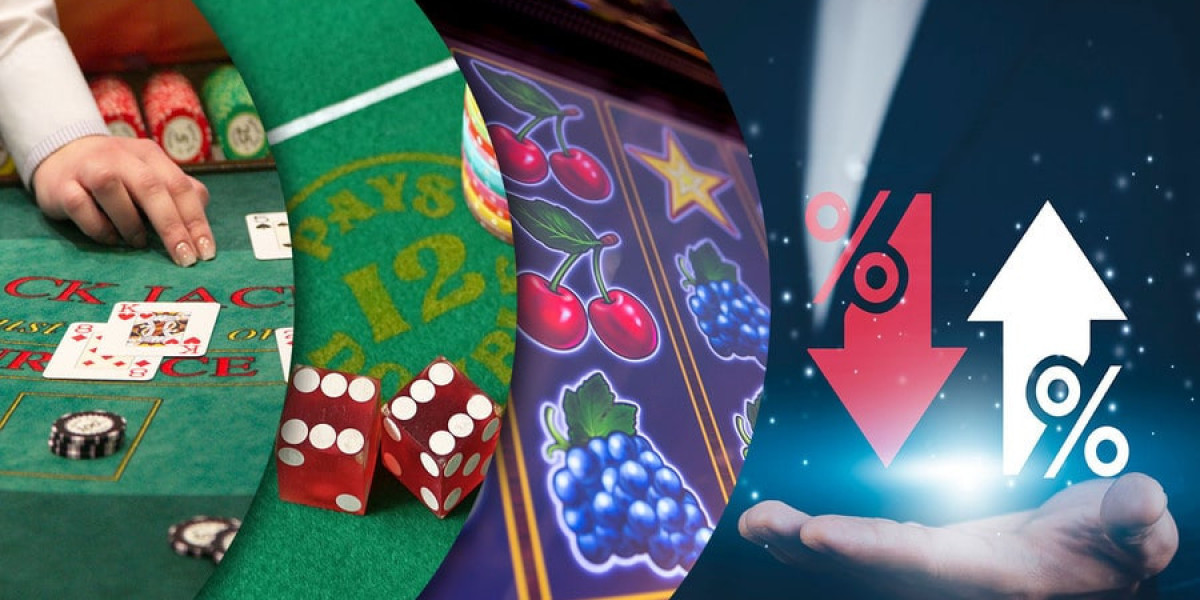In today’s fast-paced and emotionally demanding world, many people silently carry deep wounds grief, fear, stress, or unhealed trauma. These emotional burdens can leave us feeling stuck, disconnected, or uncertain about how to move forward. This is why emotional healing books have become such an important part of personal growth and recovery. They serve as gentle companions, offering wisdom, comfort, and guidance to help readers navigate through emotional pain and rediscover peace within themselves.
Why Emotional Healing Books Matter
When life’s challenges leave you feeling broken, the right book can become a source of light and hope. Emotional healing books are not just collections of words they are powerful tools that help you make sense of what you’re feeling and guide you toward self-awareness and renewal.
These books serve two major purposes:
They provide emotional companionship: When you’re reading the words of someone who truly understands emotional struggle, it feels like having a compassionate friend by your side. The comforting language in these books often validates your emotions and reminds you that healing is possible.
They offer practical wisdom for growth: Good emotional healing books do more than comfort they teach. They provide step-by-step reflections, exercises, and real-life insights that help you process grief, release negative emotions, and rebuild your inner strength.
The act of reading such books gives you time to pause, reflect, and slowly reclaim the peace that emotional wounds once stole from you.
What Makes a Great Emotional Healing Book
Not every book that talks about emotions truly helps you heal. A powerful emotional healing book usually shares a few defining qualities:
Relatable and simple language: Healing should feel accessible, not overwhelming. The best books speak to you with clarity and compassion rather than complicated terms or theories.
Empathy and understanding: These books gently hold space for your pain instead of rushing you to “get over it.” They validate your struggles while guiding you toward emotional growth.
Real-life application: They include reflection questions, journaling prompts, or mindful practices you can apply daily. This bridges the gap between reading and truly healing.
Holistic approach: True healing touches mind, body, and spirit. The best emotional healing books incorporate all aspects of your being to encourage full transformation.
Gradual pacing: Healing is a process. Authentic books remind you that growth takes time and that even small steps count.
When you search for emotional healing books, look for titles that gently invite you to explore your emotions without pressure, judgment, or unrealistic promises.
The Rekindle Your Heart Approach to Emotional Healing
At Rekindle Your Heart, the philosophy of emotional healing is rooted in empathy, self-reflection, and renewal. The books offered by Dr. Scott Sheperd, a counselor and motivational author, are written with deep understanding and heartfelt care.
Dr. Sheperd’s emotional healing books are designed to help readers confront pain, process emotions, and discover inner calm. His writing combines compassion with clinical insight, addressing real struggles such as grief, anxiety, and stress. The tone throughout his work is comforting and honest it feels like you’re sitting with a wise friend who listens without judgment.
What makes this approach unique is its holistic nature. The message goes beyond mere words; it encourages emotional release through reading, reflection, and sometimes even pairing healing literature with soothing music. This multi-sensory experience helps readers relax their minds and reconnect with their hearts.
Each book gently guides you to rediscover meaning, forgive yourself and others, and let go of pain that no longer serves you. Rather than forcing change, these books nurture it slowly, naturally, and deeply.
How to Get the Most Out of Emotional Healing Books
Reading emotional healing books can be a life-changing experience if you approach it with intention. Here are some practical tips to make your reading more meaningful:
Create a peaceful reading space: Choose a quiet spot where you feel safe and relaxed. This helps your mind stay open and receptive.
Read slowly and reflect: Take your time with each chapter. Pause to absorb the message and think about how it applies to your life.
Use a journal: Write down insights, emotions, or quotes that move you. This deepens your connection to the healing process.
Practice what you read: Apply lessons from the book in small ways like daily affirmations, breathing exercises, or gratitude reflections.
Allow emotions to flow: It’s natural to feel sadness or relief while reading. Don’t suppress it these emotions are part of the release and healing journey.
Be consistent: Revisit your favorite passages or re-read chapters when you need extra comfort. Healing isn’t a one-time event it’s a continual process.
The more openly you engage with your chosen emotional healing books, the more transformative their impact will be.
Common Mistakes to Avoid
While emotional healing books can be transformative, it’s important to use them wisely. Avoid these common pitfalls:
Expecting instant results: Healing is gradual. Be patient and gentle with yourself.
Ignoring professional support: Books can be powerful tools, but for deep trauma, therapy or counseling may be necessary.
Over-analyzing: Try not to intellectualize the healing process too much. Feel your emotions instead of dissecting them.
Comparing your journey: Everyone heals differently. Focus on your progress rather than others’.
By staying realistic and compassionate with yourself, you’ll allow the books to truly do their work guiding you through awareness and acceptance toward peace.
Conclusion: Reclaiming Your Inner Strength Through Emotional Healing Books
Healing is not about forgetting what hurt you it’s about learning to live peacefully alongside your past and reclaiming your inner strength. Emotional healing books help you do just that. They offer the wisdom of lived experience, the comfort of understanding words, and the tools to rebuild your emotional resilience.
When you open one of these books, you begin more than just a reading session you begin a relationship with your own healing. Whether you are struggling with grief, loneliness, or emotional burnout, let these books remind you that recovery is possible, and peace is within reach.








